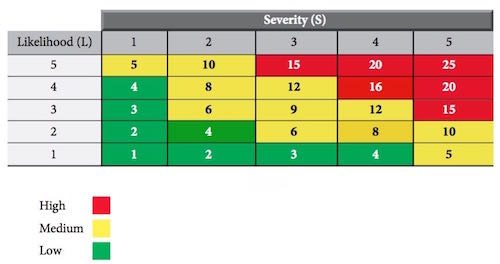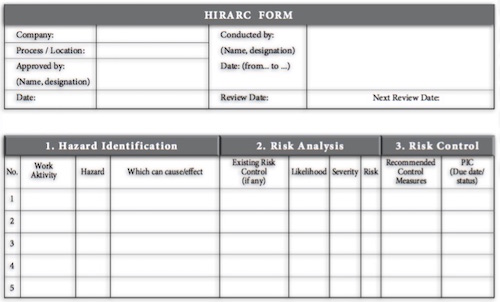DEFINITION
ELECTRICITY
Electrical energy or electrical power when generated, produced, transmitted, distributed or utilised.
HIGH VOLTAGE
Voltage normally exceeding 600 volts but not exceeding 3,000 volts.
EXTRA HIGH VOLTAGE
Voltage normally exceeding 3000 volts
CONDUCTOR
Material where electricity can flow through it is known as a conductor Example: gold, copper, aluminium, iron, water and human body.
INSULATION
Materials which do not allow electricity to flow through it is known as an insulator. Example: dry wood, plastic, glass and rubber.
PRINCIPLES OF ELECTRIC CURRENT FLOW
The HIGHER the current, the higher the RISK. The flow of current depends on the type of conductor and insulator Low electric current is still hazardous especially when the resistance is k Example wet body parts, not wearing PPE.
CHARACTERISTICS OF ELECTRICITY
Electricity is a hazard which:
- Cannot be seen
- Has no smell
- Cannot be heard
ELECTRICAL HAZARD
UNSAFE CONDITIONS
- Wet floor
- Exposed wires
- Overloaded circuit
- Crushed electrical wires under carpet
- Energized powered equipment where the circuits are exposed
- Indifferent attitude
- Lack of knowledge and training
UNSAFE ACTS
- Working under pressure or stress
- Taking shortcuts or risk
- Not following specifications, instructions or safety precautions (e.g. LOTO)
- Failure to correct the unsafe acts of other employees
- Overloading the circuit
- Using substandard power tools
STOP AND THINK ABOUT HAZARD
- STOP before commencing any job
- STOP BEFORE attempting to deal with any electrical problem.
- STOP BEFORE operating any electrical equipment.
- THINK about the hazard
CONTROL OF ELECTRICAL HAZARD
- DO NOT perform any repairs unless the power source has been switched off and connections disengaged according to LOTO (LOCK OUT TAG OUT) procedures
- DO NOT use any equipment where its wires exposed or dangled
- DO NOT operate, repair or work with equipment which is in water or in damp areas
CONTROL OF ELECTRICAL HAZARD
- Display warning signs and install barriers
- Ensure skin is always dry
- Perform LOTO before work
- Test for isolation effectiveness Use appropriate PPE
CONCLUSION
Electricity is extremely hazardous, By identifying sources of electrical hazards and implementing risk control, employees can work safely and prevent incidents in the workplace.












